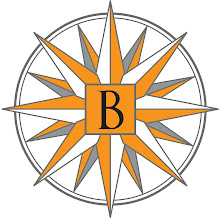In 1905 Southampton Shoal Lighthouse began lighting the way for the Santa Fe Railroad Company ferry that ran between San Francisco and Point Richmond. Two keepers and their families lived in the 2-story wooden building, which stood on a platform in the middle of San Francisco Bay.
The 1907 inspection report includes these poignant comments:
The 1907 inspection report includes these poignant comments:
General opinion: General health at station is fair.
Diseases: Rheumatism & catarrh prevail during winter & spring months.
Local causes: Caused by dampness & continual wetting in boating to & from shore.
Recommended improvement: A power boat supplied to station would cut out the necessity of getting wet & would enable keepers to reach destination in a half hour, whereas at present it is often the case that we are 4 hours & sometimes more in reaching shore, or station.
Access to Lighthouse: Boat landing is situated 3 miles ENE from station, a float moored in 10' of water at high water at Point Richmond. Landing at station is by swinging ladder suspended from lower platform.
In 1960 the decommissioned lighthouse was moved by the St. Francis Yacht Club to Tinsley Island in the San Joaquin Delta, where it is used for lodging.







